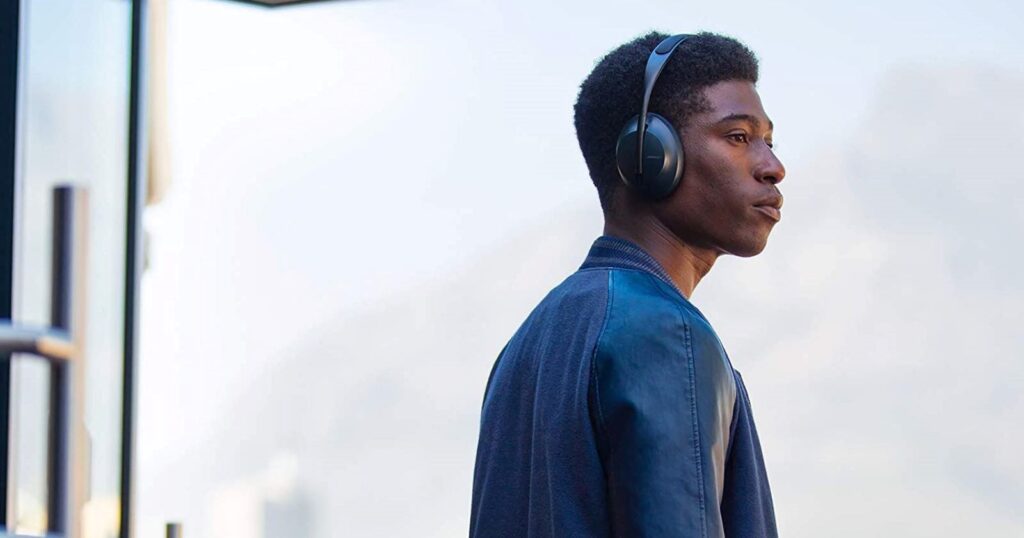Mobile gaming has come a long way from Fruit Ninja and Flappy Bird but if you’re seriously considering shelling out for this year’s iPhone 16 Pro (or last year’s iPhone 15 Pro) because it runs Assassin’s Creed: Mirage, I can’t relate.
Don’t get me wrong, I’m far from a hater when it comes to Apple silicon. There’s a reason that the most enthusiastic reviews of the best smartphones that the Android ecosystem can offer come with the caveat that the performance you’re getting can’t quite keep up with what you’ll get from the latest iPhone.
Anyone can stuff more RAM or memory into a smartphone but nobody can make a faster processor than Apple can. Even if the lead between it and Qualcomm has narrowed in recent years, that promise of getting the phone with the best performance is a big part of why the company can justify the premium prices that come attached to its shiny new smartphones.
But while every new generation of iPhone is a bit faster than the one that preceded it, the list of tasks that that performance can be applied to hasn’t exactly grown longer or more technically demanding. Over in Android-land, the answer to this has been to tout support for mobile games with ray-tracing. For those in the iOS ecosystem, there’s no better example of this search for a problem than the handful of AAA games that got ported to Apple Silicon last year.
If you missed the original announcement, the headliners of this effort to amplify the legitimacy of gaming on an iPhone are Death Stranding, Assassin’s Creed: Mirage and Resident Evil: Village. Ubisoft’s The Division: Resurgence was also highlighted but this is technically a spin-off (and was indefinitely delayed earlier this year) so it’s in a different situation.
In any case, just because you can now run these blockbuster console games on an iPhone doesn’t mean you should let alone factor it into whether or not it’s worth paying the premium price involved.
The first reason for this is that these ports don’t come cheap. At the time of writing, the pricing for all three titles sits well above the asking price of the vast majority of mobile games. For older titles like Death Stranding, you might even be able to find the console or PC version of the game for less than the asking price attached to its iOS incarnation.
If you’re the kind of person who is weighing up the pros and cons of an iPhone Pro, that premium price is almost a rounding error. However, it does eat away at some of the appeal. You’re essentially paying more for the privilege of being able to spend more on the same game.
It’s true that you are able to play the iOS version of the game on the go, but even that isn’t as exclusive a perk as it once was.
Don’t just take it from me though. In her write-up over at IGN, Jacqueline Thomas called out the elephant in the room.
Now, I’ve got my issues with Valve’s handheld but the math speaks for itself. These days, you could easily snag a Steam Deck and all three of the games listed above for less than the asking price of the iPhone 16 Pro.
That’s not all though. If you take a closer look at the reviews for the iOS versions of these console-quality games, you’ll notice a few recurring themes. Even the positive ones pay lip service to a few common complaints that add up to tell a story about these ports and who they are really for.
Firstly, there’s the fact that while the performance might be playable at 30 frames-per-seconds the word on the street is that it’s rarely stable enough to be called smooth. Then, there's the fact that the user interface of these immersive AAA games is not scaled for a smaller screen or paced in a way that’s friendly to on-the-go situations. I’ve met plenty of people who are impressed by the fact that they can now experience Hideo Kojima’s post-apocalyptic postie simulator on their iPhone but very few who committed the 30-plus hours it takes to see that adventure through to its end.
As with cloud streaming on a mobile device, there’s also the matter of the cost that running AAA games on your iPhone is going to have on your battery. If running these sorts of games on your phone is so power intensive that it causes them to overheat or burn through their battery at an accelerated pace, you probably only want to play them when you’re somewhere you can safely charge. Chances are, that place is probably somewhere you could also play any of these games on a PC or console and do away with all the compromises mentioned above.
Given all that, it’s not a huge shock that these ports haven’t been a huge commercial hit. Based on the estimates we have access to (originally shared by Appmagic), playing AAA games on an iPhone isn’t something that most people are actually all that interested in.
Capcom’s port of Resident Evil 7 may have sold as little as 2000 copies in its first year on the market. Assassin’s Creed: Mirage may have sold slightly more at 3000 copies. Still, it’s safe to say that the development costs involved likely don’t quite scale with an audience of that size.
Fortunately, I’ve got a sneaking suspicion that the audience for these ports was never intended to be a mainstream one. My theory? These ports were made for and paid for by Apple.
There is not a single Android phone out there that can make the dubious claim of running console-quality games on native hardware. The unspoken part of this claim is that Apple may well have subsidized or helped finance these ports in much the same way as it signed deals with indie developers to release their games exclusively on Apple Arcade.
The price-tag associated with the iPhone version of Resident Evil 4 isn’t just higher than that of its console counterpart, it’s miles higher than the price-tag of most mobile games.
There’s a reason that the top mobile games are either free or a couple of bucks. Most developers want their game to be playable on most hardware because that allows it to reach the widest audience. Genshin Impact might have never come to the Nintendo Switch, but it can run on pretty much any mobile device and that accessibility is a huge part of why it was able to take off in the way it did.
From my perspective, there is no world in which the larger margin that comes with selling a copy of Death Stranding on iPhone offsets the ability to sell to the rest of the mobile gaming ecosystem except for one where Apple is footing the bill for it. The dire financial outcomes suggested by the estimates above tell me that most publishers aren’t going to keep porting to the iPhone unless there is some sort of patronage involved.
While there are plenty of reasons to sell yourself on the iPhone 16 Pro or the iPhone 16 Pro Max, the fact that you can play Death Stranding on the train shouldn’t be one of them. I was right about the PlayStation Portal and I’m right about this.
Triple-A gaming on an iPhone isn’t a fad, the future or even a failed experiment. The idea that anyone wants this is smoke and mirrors. Fortunately (and despite Apple’s best efforts), it seems like very few people are buying it.






